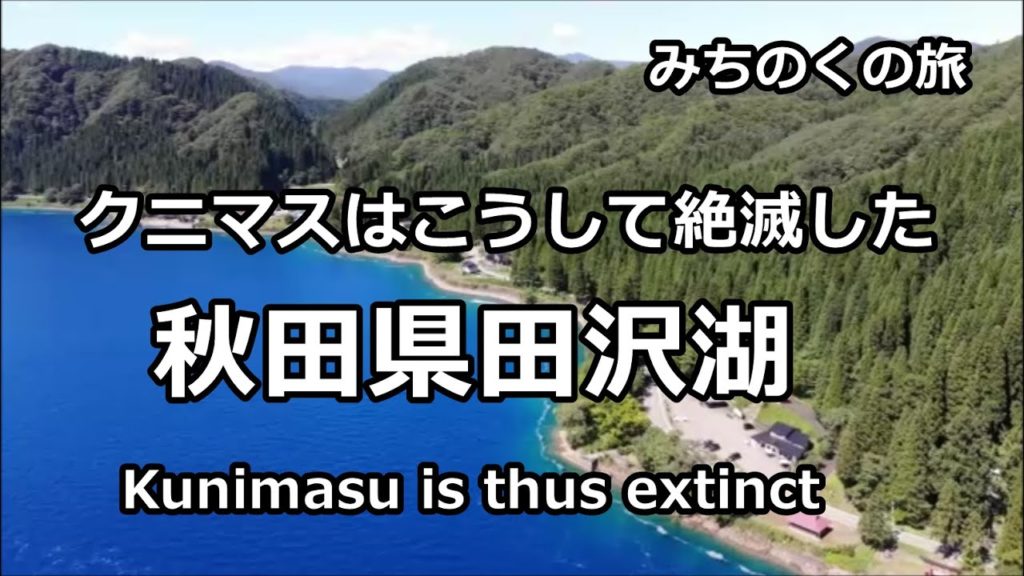miyagikebari / 秋田県北秋田市田沢湖へ出かけました。クニマス未来館を訪れ、絶滅した田沢湖固有のクニマスについて見学して来ました。
田沢湖は古くからクニマスが生存する豊かな湖で、1935年(昭和10年)には約8万8千匹の漁獲高がありました。しかしの1940年(昭和15年)、食糧増産と電源開発計画のために、近くを流れる玉川からpH1.1という国内屈指の強酸性の源泉を含んだ水を湖に導入する水路が作られました。
戦時体制下の1940年(昭和15年)、住民が国策に反対できる時代ではなく、約70人いた漁師はわずかな補償金と引き換えに漁業の職を失い、日本固有種のクニマスは絶滅した悲しい歴史があるのです。
絶滅したはずのクニマスですが、1935年(昭和10年)西湖に受精卵十万粒が送られ、放流されていました。そして2010年(平成22年)絶滅されていたはずのクニマスが京都大学研究チームの調査で、約70年ぶりに西湖での生息が確認されました。
I went to Lake Tazawa, Kitaakita City, Akita Prefecture. Then, I visited the Kunimasu Miraikan and visited the extinct Kunimasu peculiar to Lake Tazawa.
Lake Tazawa has been a rich lake where Kunimasu has lived since ancient times, and in 1935 (Showa 10), the catch was about 88,000. However, in 1940 (Showa 15), a waterway was created to introduce water from the nearby Tamagawa, which contains one of the most strongly acidic sources in Japan, to the lake, in order to increase food production and develop a power source.
In 1940 (Showa 15) under the wartime regime, it was not an era when residents could oppose national policy, and about 70 fishermen lost their fishing jobs in exchange for a small amount of compensation, and Kunimasu, an endemic species of Japan, became extinct. There is history.
Kunimasu was supposed to be extinct, but in 1935 (Showa 10), 100,000 fertilized eggs were sent to Saiko and released. And in 2010 (Heisei 22), Kunimasu, which should have been extinct, was confirmed to inhabit Saiko for the first time in about 70 years by a survey by the Kyoto University research team.
1クニマス未来館
2水沢温泉ヒュッテビルケ
*釣行編をご覧になりたい方は下記の釣行動画をご覧ください。
大館の谿と田沢湖の旅


AloJapan.com